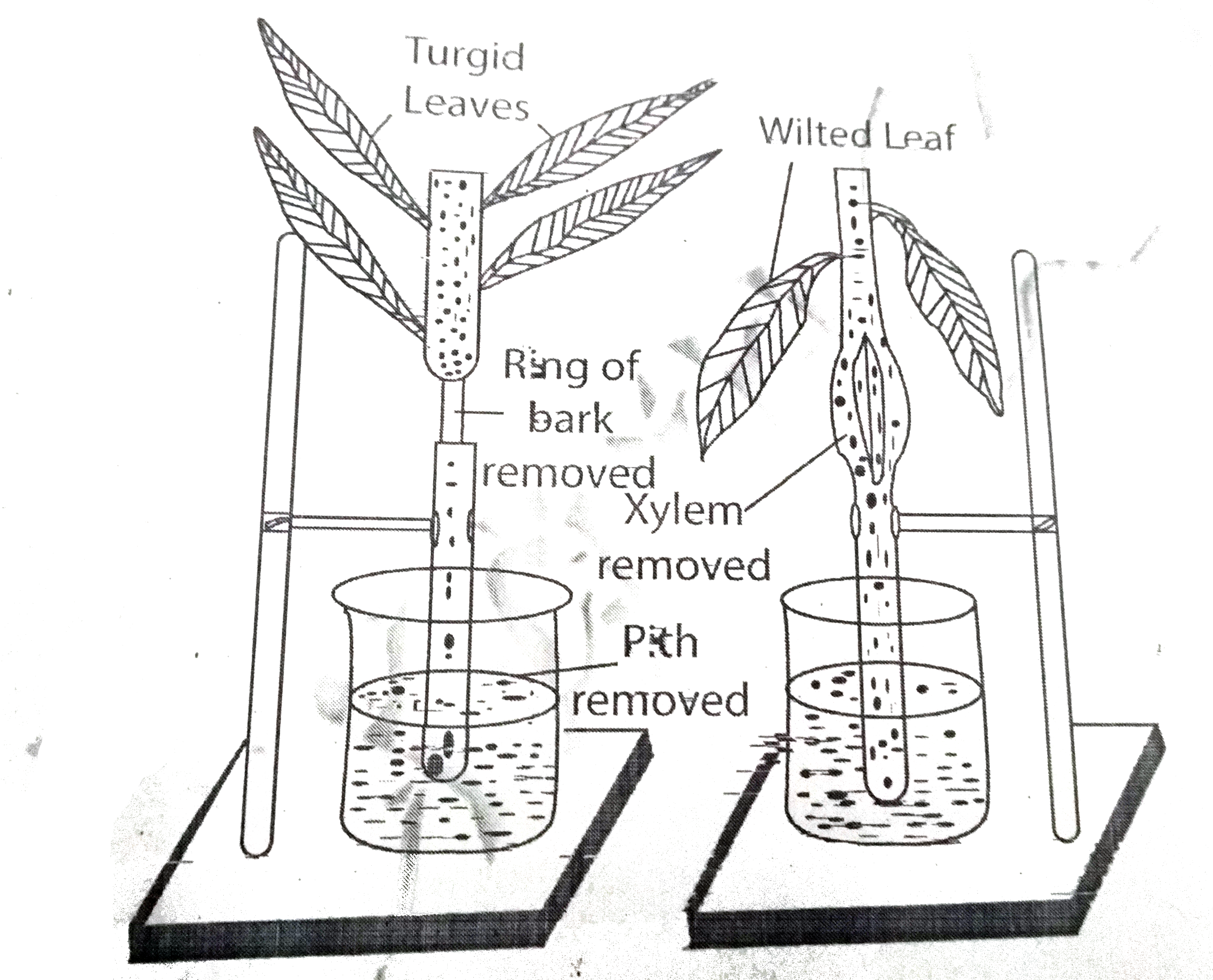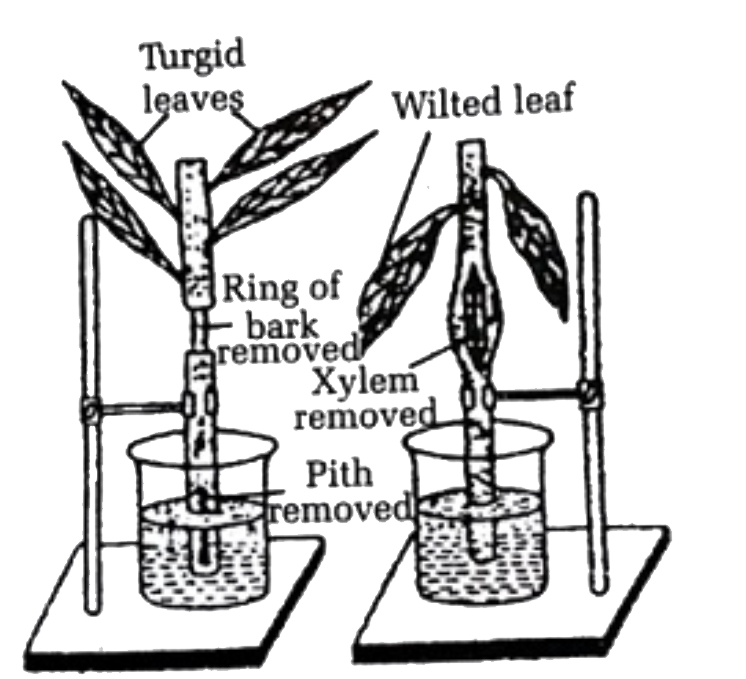Why is the process taking place in proximal convoluted tubule called reabsorption? What is the significance of this process?
Step-by-Step Solution
1. Understanding the Proximal Convoluted Tubule (PCT):
- The proximal convoluted tubule is a part of the nephron in the kidney where the initial stages of urine formation occur. It plays a crucial role in the reabsorption of essential substances.
2. Definition of Reabsorption:
- Reabsorption is the process by which substances that have been filtered out of the blood (into the nephron) are taken back into the bloodstream. This process is essential for maintaining the body's balance of fluids and electrolytes.
3. Why It Is Called Reabsorption:
- The term "reabsorption" is used because the substances being reabsorbed (like glucose, amino acids, and certain ions) were initially absorbed into the bloodstream during digestion. When these substances are filtered into the nephron, they can be reabsorbed back into the blood, hence the prefix "re-".
4. Significance of Reabsorption:
- The significance of reabsorption in the proximal convoluted tubule includes:
- Conservation of Nutrients: Essential nutrients like glucose and amino acids are reabsorbed to prevent their loss in urine.
- Regulation of Water and Electrolytes: This process helps in regulating the body's hydration levels and maintaining electrolyte balance.
- Homeostasis: By reabsorbing necessary substances, the body maintains a stable internal environment, which is crucial for overall health.
5. Summary:
- The process in the proximal convoluted tubule is called reabsorption because it involves the second absorption of substances that were first absorbed into the bloodstream during digestion. This process is significant for conserving nutrients, regulating water and electrolytes, and maintaining homeostasis.
- The proximal convoluted tubule is a part of the nephron in the kidney where the initial stages of urine formation occur. It plays a crucial role in the reabsorption of essential substances.
- Reabsorption is the process by which substances that have been filtered out of the blood (into the nephron) are taken back into the bloodstream. This process is essential for maintaining the body's balance of fluids and electrolytes.
- The term "reabsorption" is used because the substances being reabsorbed (like glucose, amino acids, and certain ions) were initially absorbed into the bloodstream during digestion. When these substances are filtered into the nephron, they can be reabsorbed back into the blood, hence the prefix "re-".
- The significance of reabsorption in the proximal convoluted tubule includes:
- Conservation of Nutrients: Essential nutrients like glucose and amino acids are reabsorbed to prevent their loss in urine.
- Regulation of Water and Electrolytes: This process helps in regulating the body's hydration levels and maintaining electrolyte balance.
- Homeostasis: By reabsorbing necessary substances, the body maintains a stable internal environment, which is crucial for overall health.
- The process in the proximal convoluted tubule is called reabsorption because it involves the second absorption of substances that were first absorbed into the bloodstream during digestion. This process is significant for conserving nutrients, regulating water and electrolytes, and maintaining homeostasis.
Topper's Solved these Questions
- LIFE PROCESSES IN HUMAN BEING-I (DIGESTIVE AND EXCRETORY SYSTEMS)BOOK - PEARSON IIT JEE FOUNDATIONCHAPTER - LIFE PROCESSES IN HUMAN BEING-I (DIGESTIVE AND EXCRETORY SYSTEMS)EXERCISE - MASTER THE CONCEPTS (ASSERTION AND REASON)
9 Videos
- LIFE PROCESSES IN HUMAN BEING-I (DIGESTIVE AND EXCRETORY SYSTEMS)BOOK - PEARSON IIT JEE FOUNDATIONCHAPTER - LIFE PROCESSES IN HUMAN BEING-I (DIGESTIVE AND EXCRETORY SYSTEMS)EXERCISE - ASSESSMENT TESTS (FILL IN THE BLANKS)
7 Videos
- LIFE PROCESSES IN HUMAN BEING-I (DIGESTIVE AND EXCRETORY SYSTEMS)BOOK - PEARSON IIT JEE FOUNDATIONCHAPTER - LIFE PROCESSES IN HUMAN BEING-I (DIGESTIVE AND EXCRETORY SYSTEMS)EXERCISE - TEST YOUT CONCEPTS (SELECT THE CORRECT ALTERNATIVES)
16 Videos
- EVOLUTIONBOOK - PEARSON IIT JEE FOUNDATIONCHAPTER - EVOLUTIONEXERCISE - ASSESSMENTS TESTS
16 Videos
- LIFE PROCESSES IN HUMAN BEINGS - II (RESPIRATORY AND CIRULATORY SYSTEMS)BOOK - PEARSON IIT JEE FOUNDATIONCHAPTER - LIFE PROCESSES IN HUMAN BEINGS - II (RESPIRATORY AND CIRULATORY SYSTEMS)EXERCISE - QUICK RECAP
5 Videos
Similar Questions
Knowledge Check
Which process takes place in lens ?
AReflectionBRefractionCDispersionDDiffraction.Identify the process taking place in this experiment.
 ARinging experiment for translocation of sapBDemonstration of root pressureCEosin test to demonstrate ascent of sapDDemonstration of transpiration
ARinging experiment for translocation of sapBDemonstration of root pressureCEosin test to demonstrate ascent of sapDDemonstration of transpirationProximal convoluted tubule (PCT) is lined with
ACuboidal epitheliumBSimple brush border epitheliumCSimple cuboidal brush border epitheliumDSimple ciliated brush border epithelium
Assertion (A): The process taking place in proximal convoluted tubule is called selective reabsorption.
Reason (R): Along with waste material, some nutrients also remain in the filtrate.
View SolutionWhich process takes place on the sun?
View SolutionIdentify the process taking place in this experiment.

View SolutionThe proximal convoluted tubule has a brush border which is due to
View SolutionProximal and distal convoluted tubules are parts of
View Solution
